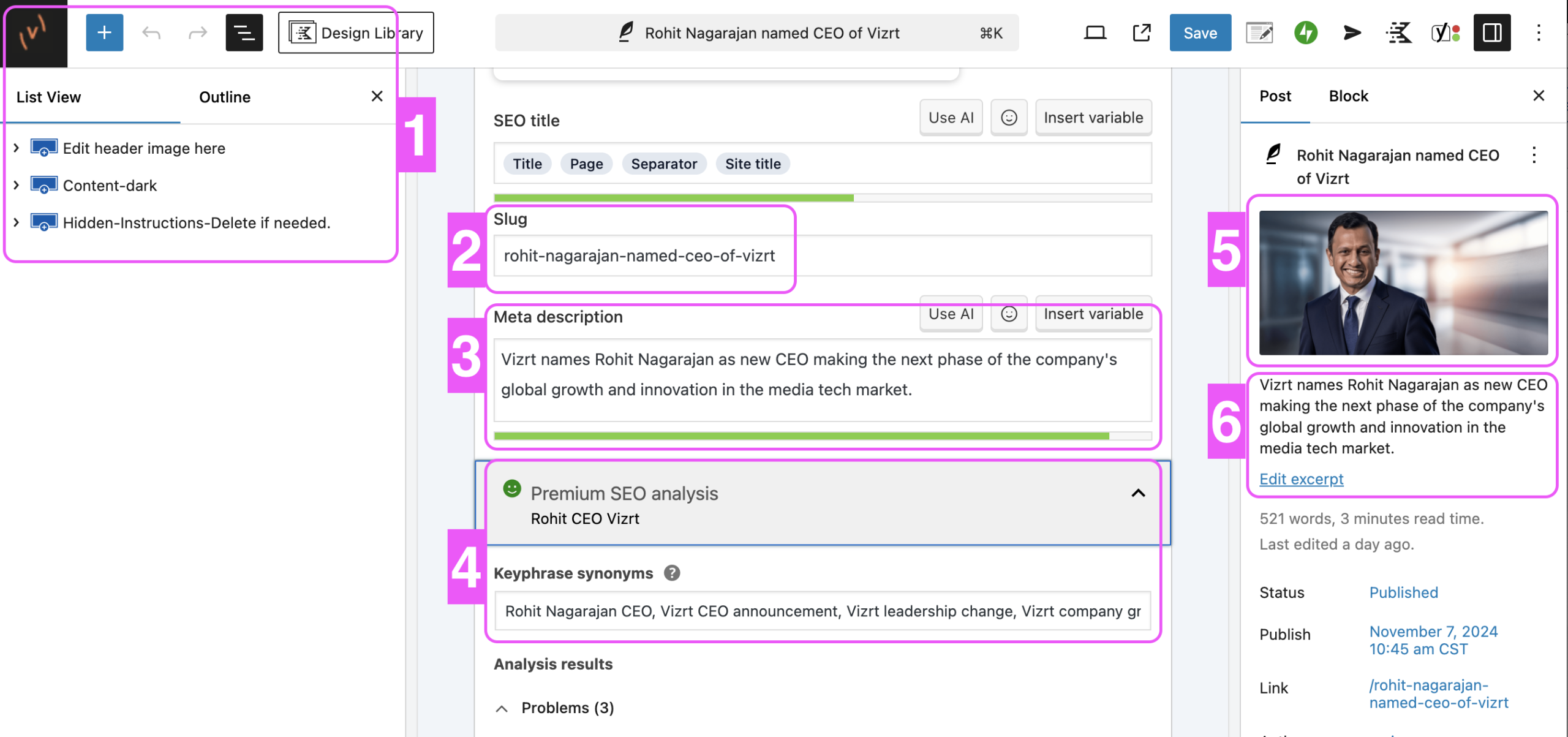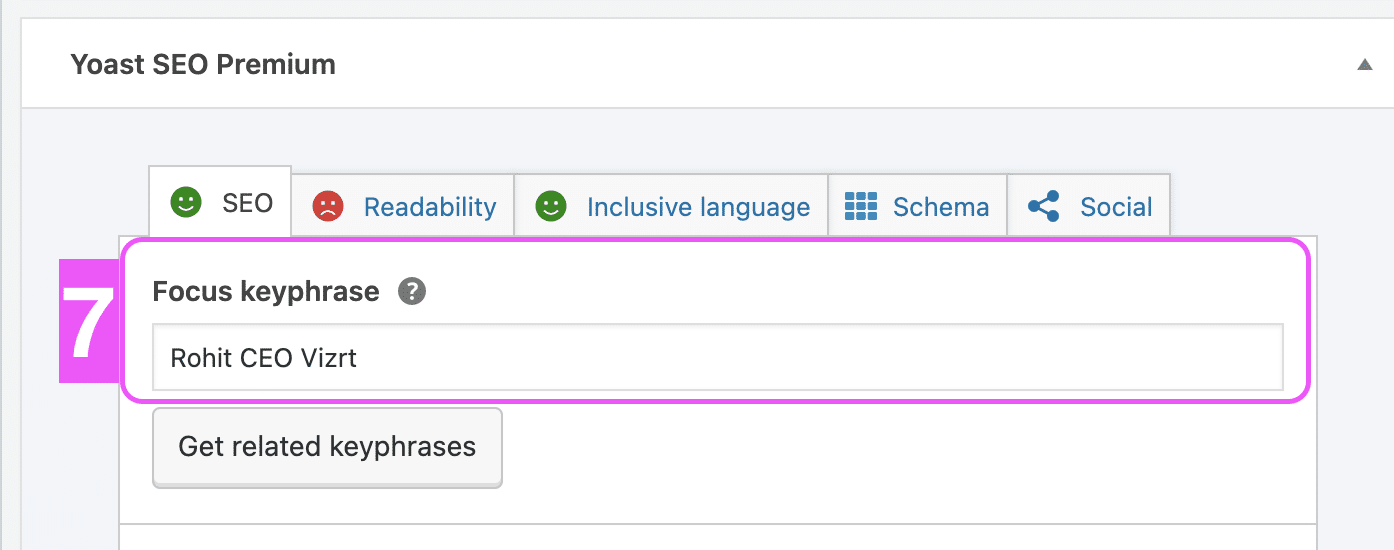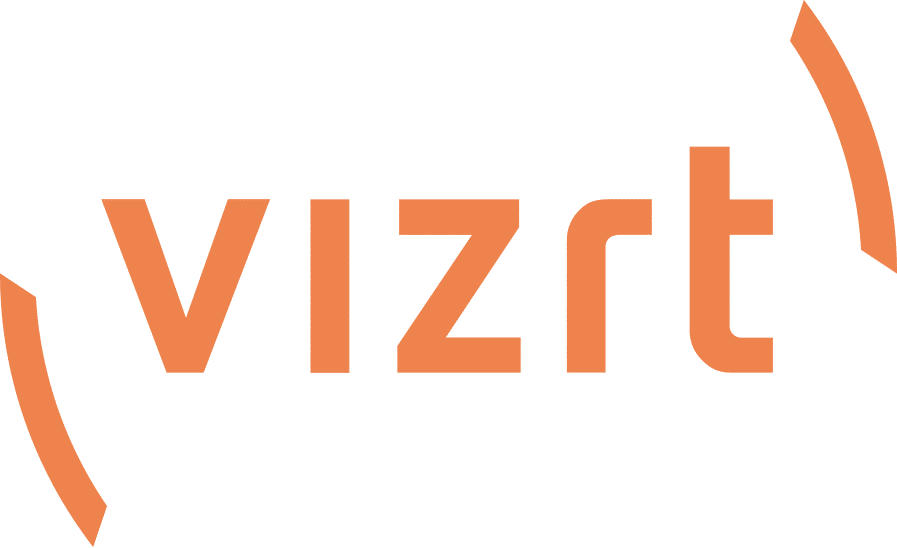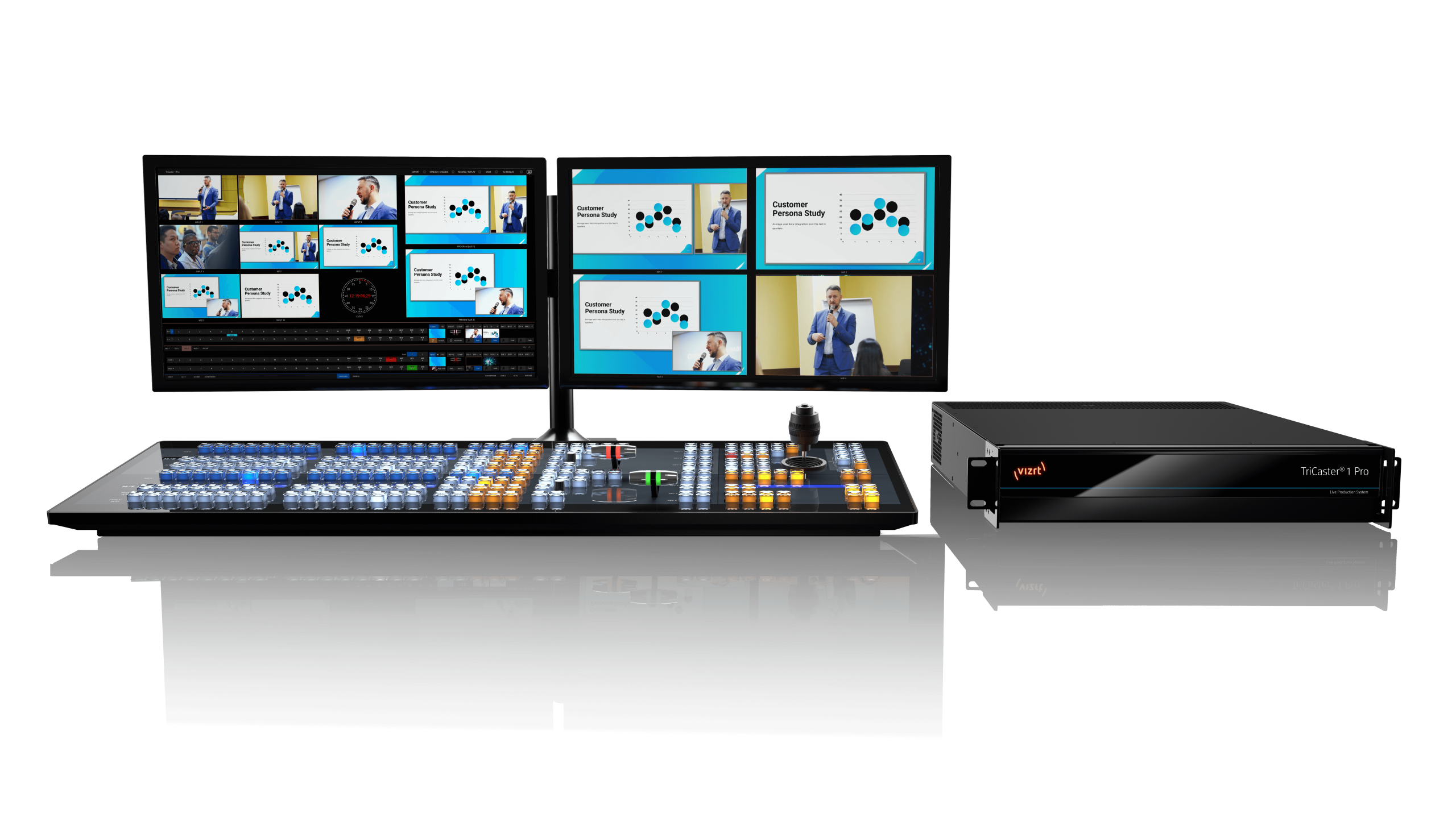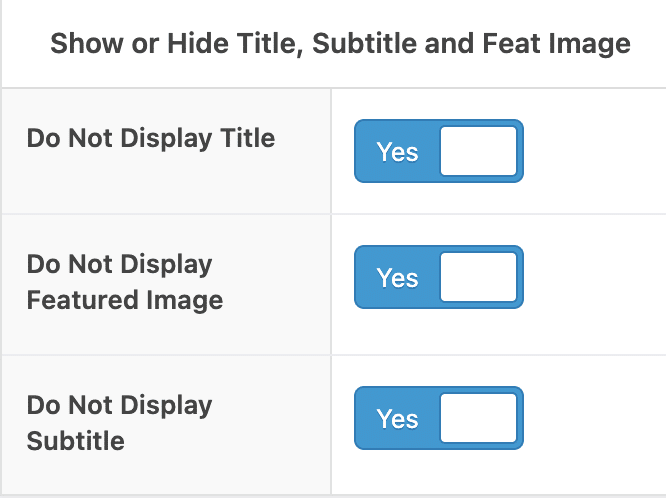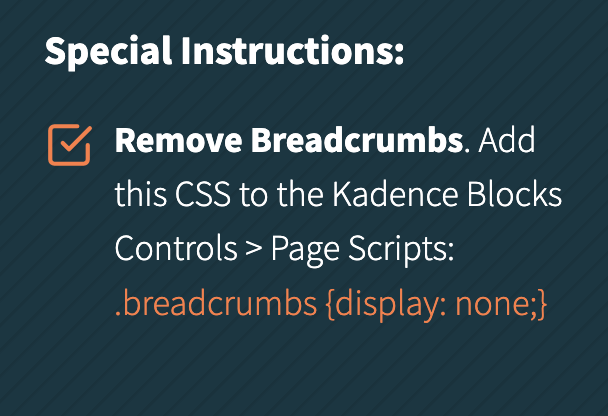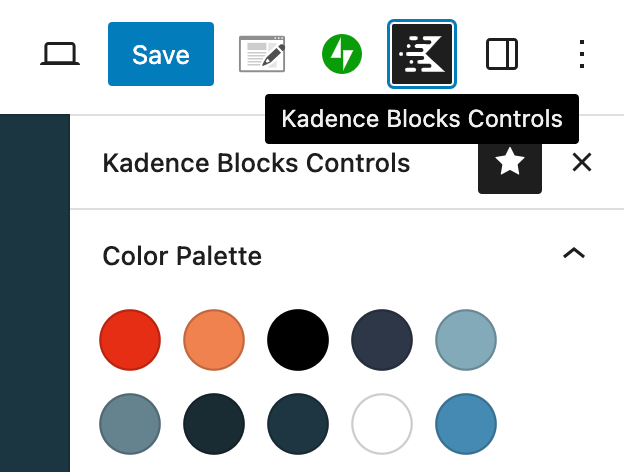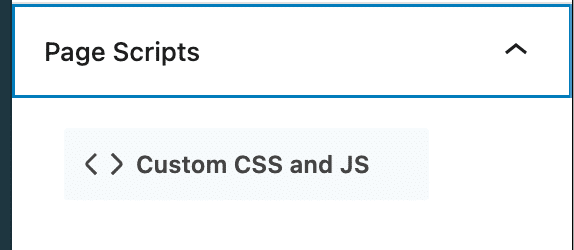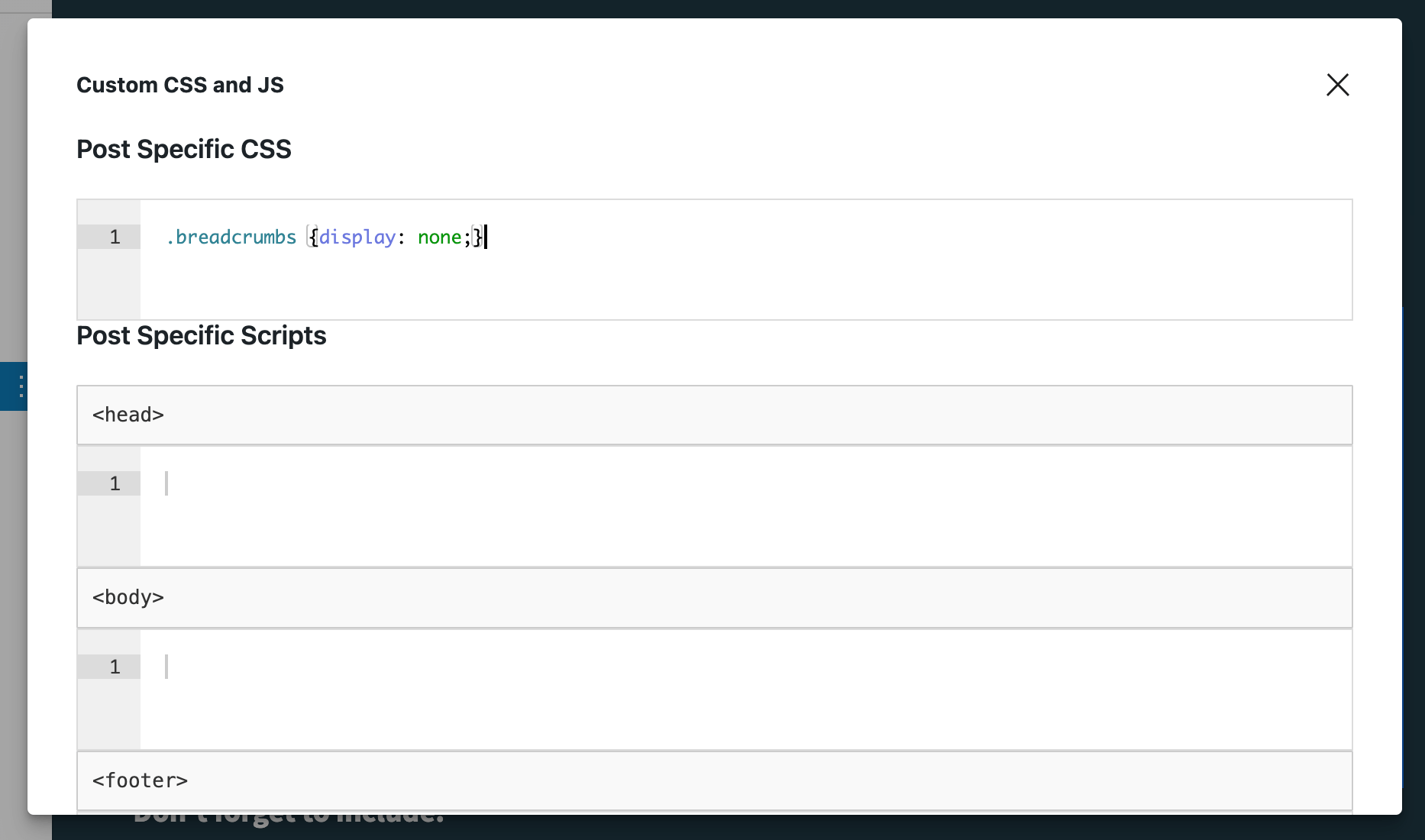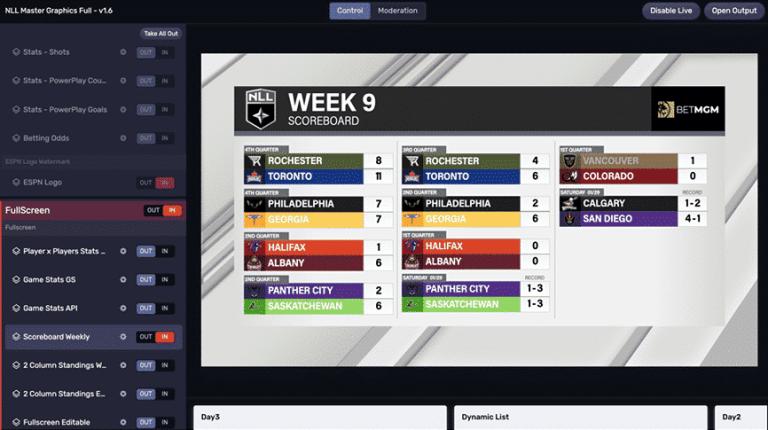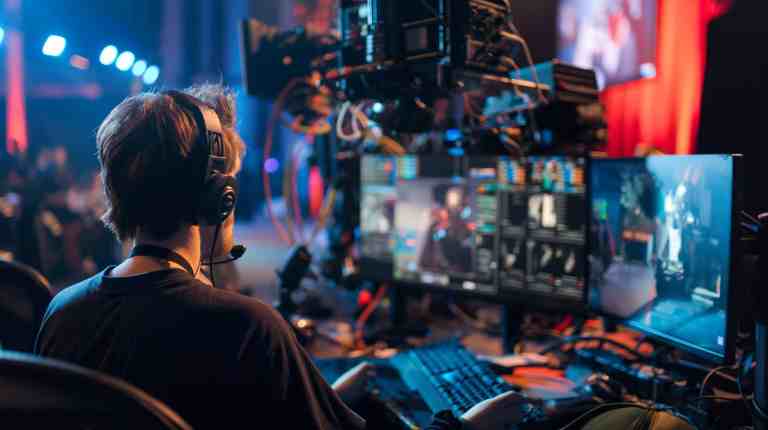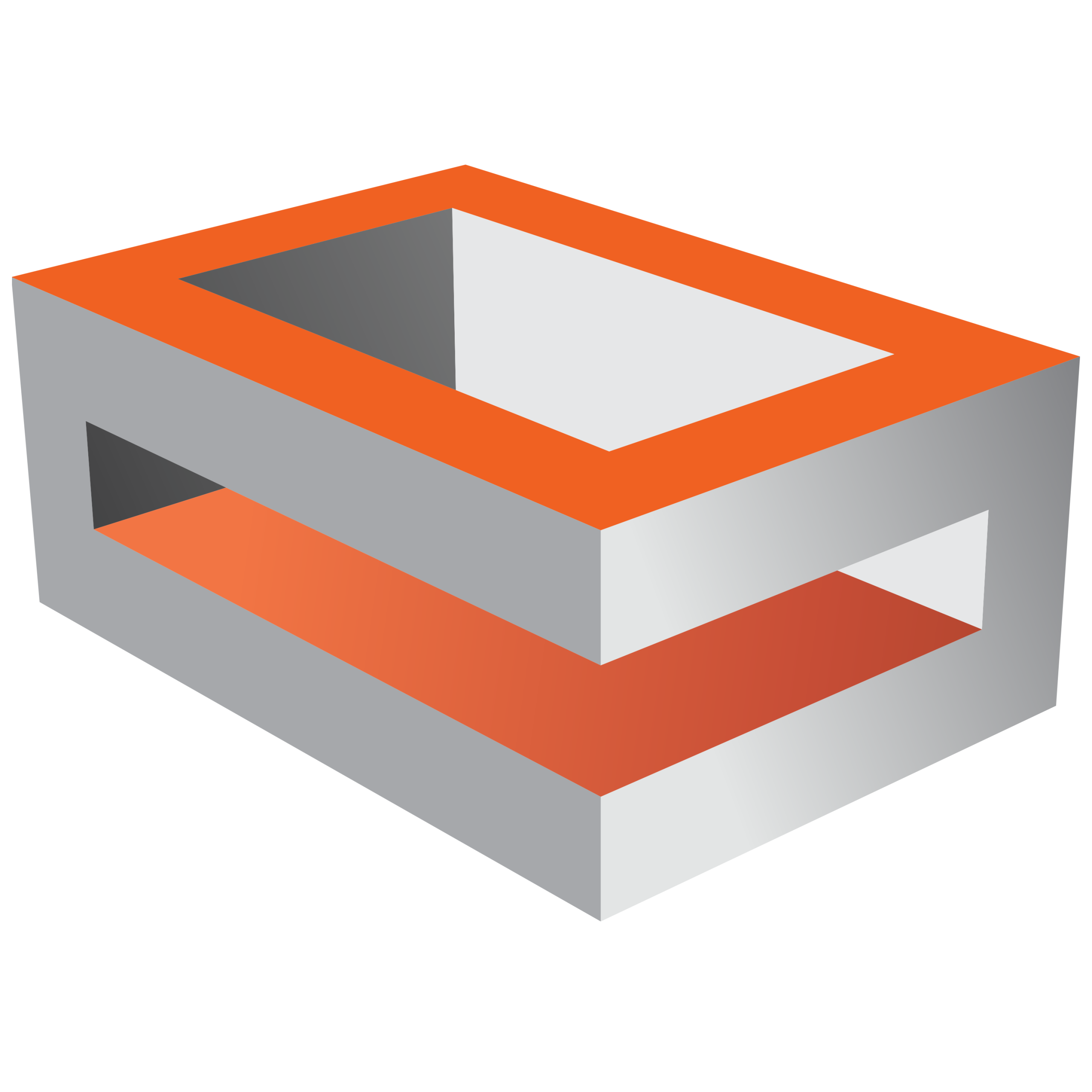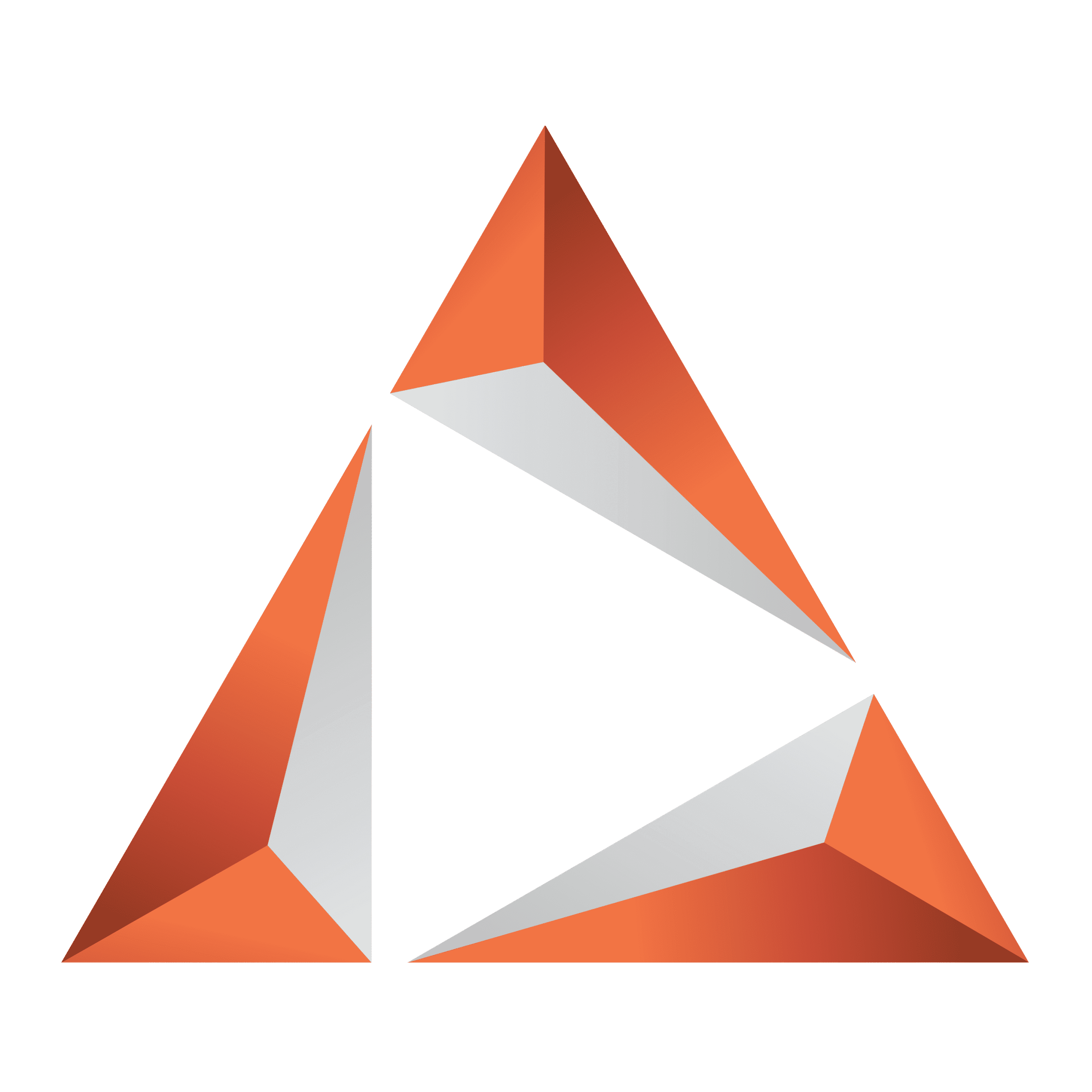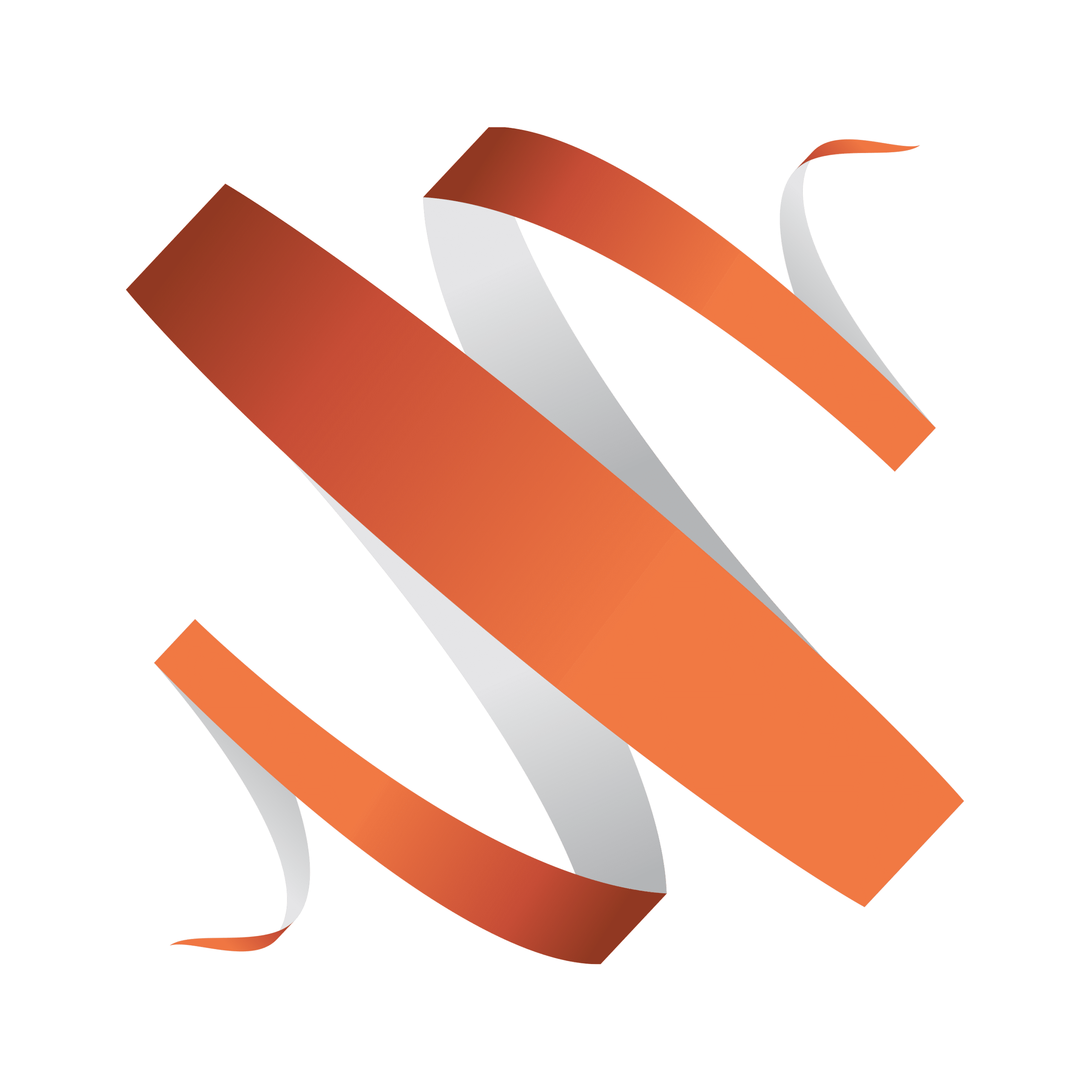When it comes to live production systems, users face more choices than ever. The industry is changing rapidly, and while we can all agree that it is heading towards an IP-based future of cloud-based workflows, there are still choices that need to be made about how to get there.
As a result, broadcasters and media companies looking at investing in new live production systems, need to assess a different range of criteria than they did even just a couple of years ago. Careful choices need to be made to maximize ROI and ensure any solution is a good fit for your needs, now and into the future, while new tools and capabilities have also moved the goalposts in many areas.
From our decades of experience developing live production systems, like the TriCaster Vizion, here is our list of 7 key features to look for when choosing a modern live production system:
1
Reliability
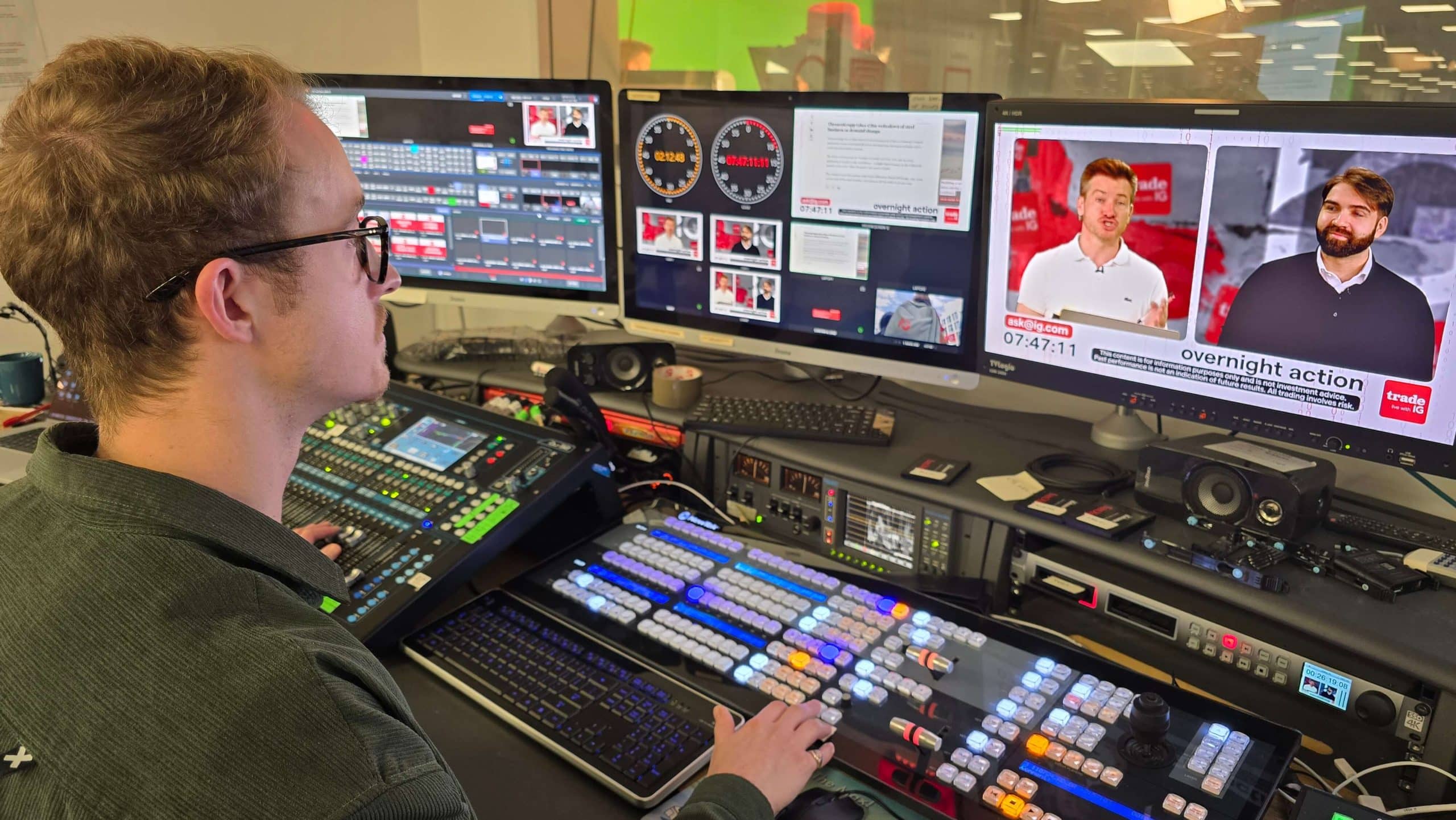
For all the upheaval in the industry, some things never change. Reliability when it comes to live broadcast has been at the top of the list since the earliest days of television and still is. Broadcasters expect their equipment to work with bullet-proof reliability 99.99% of the time and viewers expect no dead air and will vote with their remotes if they are unhappy. Look for industry experience here. While companies and kit coming from an IT background can be very good, those that have been successful in live broadcasting since the SDI days have the expertise and the culture to understand that when the clock ticks over everything must work.
2
UHD 4K support
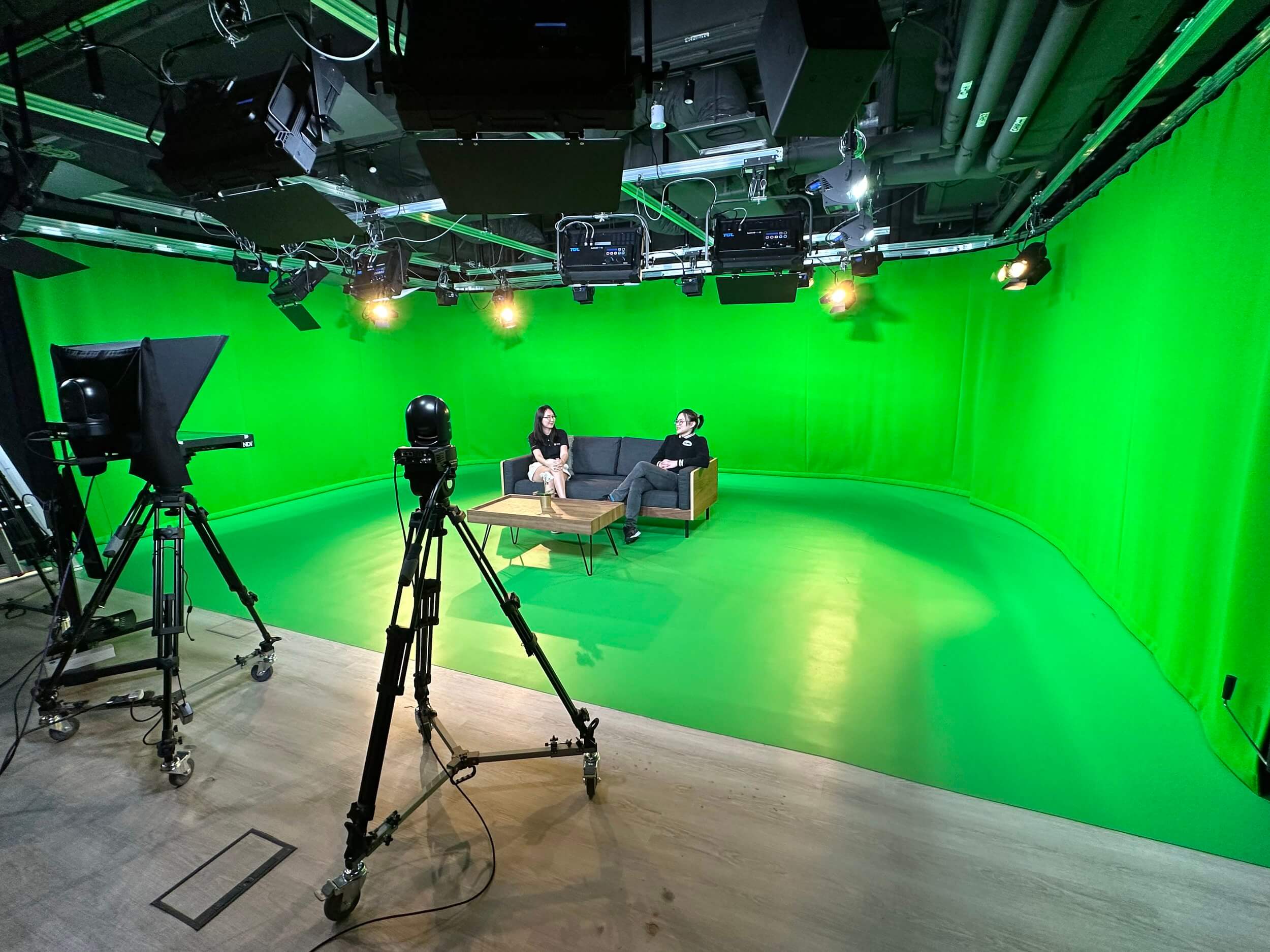
The number of consumer UHD channels is growing all the time, with consumers wanting to watch live events at the highest quality possible. UHD 4K’s importance as a production format in everything from live events to sports to even corporate is also becoming increasingly cemented across the industry as the kit becomes cheaper and workflows more accessible.
All of the key components in the production chain need to be UHD 4K capable as a result, otherwise they will find their use is increasingly limited. For example, TriCaster Vizion is configurable for up to 8 independent HD or 2 UHD video mix outputs, with simultaneous delivery via IP and SDI. This ensures it can be used on any project that comes in, now and into the future.
3
Real-time graphics
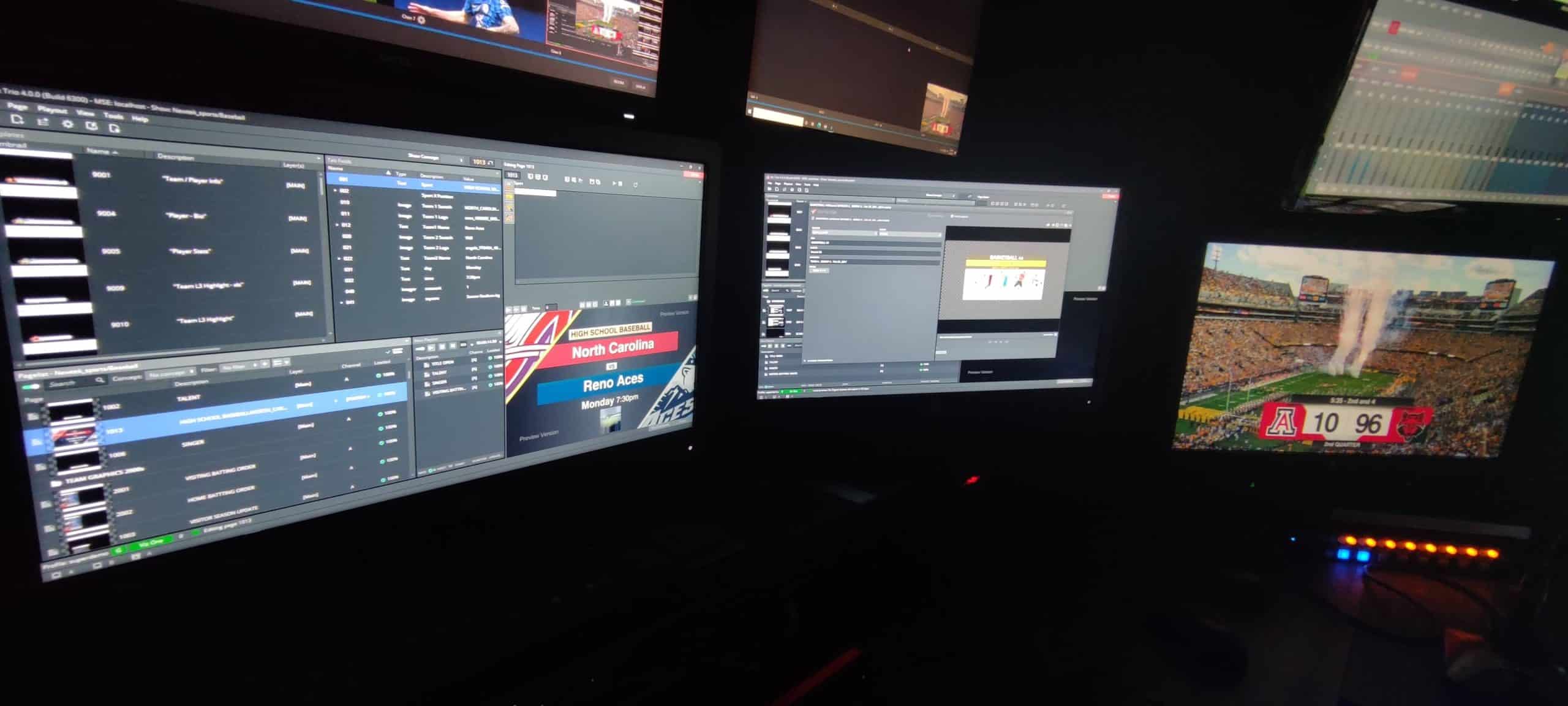
In a competitive broadcast market, being able to add compelling real-time graphics to your output is an absolute must. Viewers have become used to being able to see an increasing amount of data relating to the event they are watching, especially when it comes to sports. Having the ability to produce powerful live graphics at your fingertips is essential, as well as the capability to integrate live data into the visual narrative you are producing for your viewers.
4
AI Tools

AI has had a pronounced impact at every level in the broadcast chain, and some of the latest AI-powered tools can be genuine game-changers when it comes to elevating the quality of productions. Some of these are more powerful, and importantly real-time versions of existing techniques. For example, with TriCaster users can clean up audio to isolate voices from background noise in real-time at the touch of a button.
Others represent a whole new category of effect, such as the new Gaze Correction in TriCaster Vizion which leverages the power of GPUs to ensure that onscreen talent is always looking into the camera, even if they are reading a script off-screen. AI helps production teams to create better content, and it helps them to do it quicker than ever before.
5
Interoperability
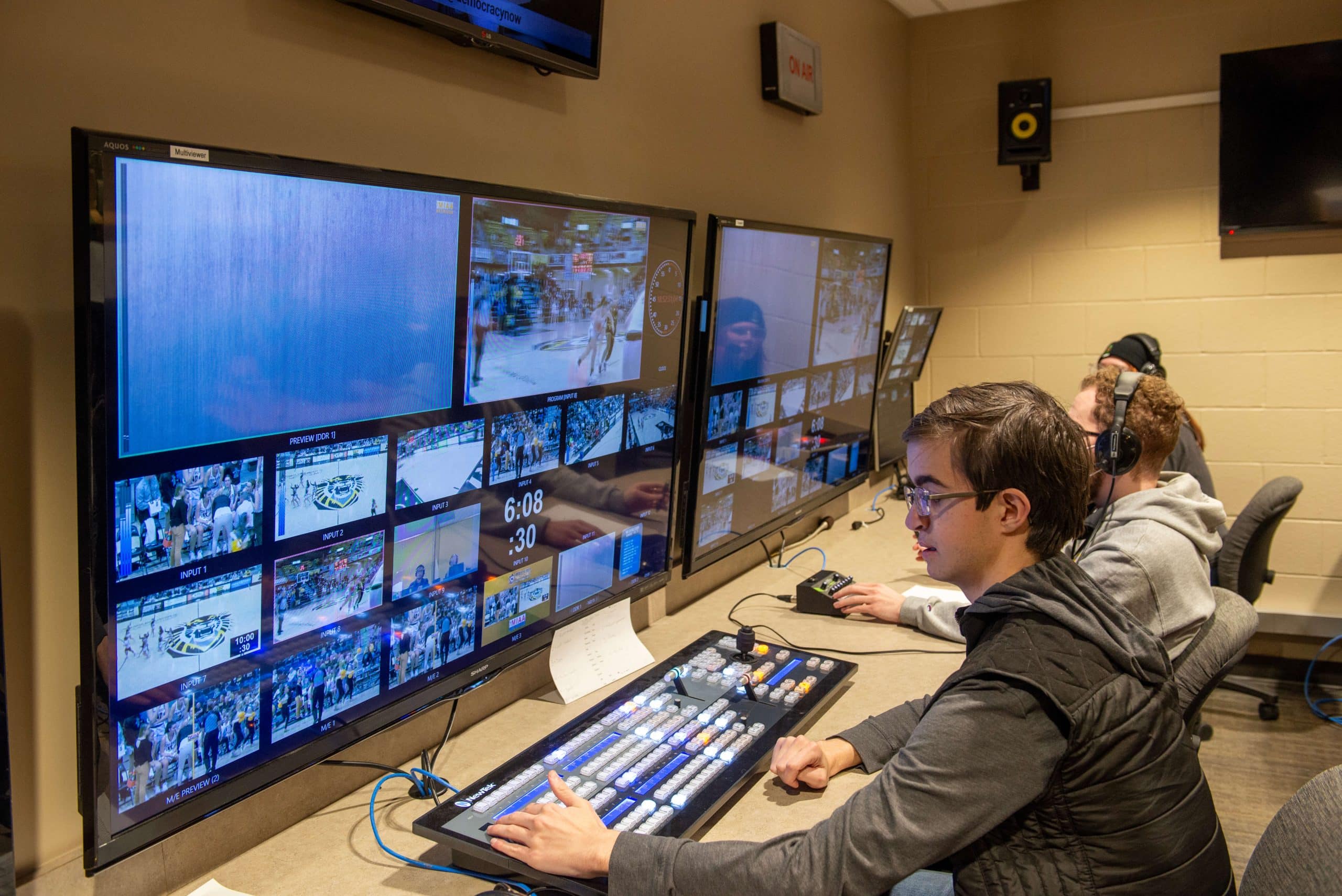
All broadcast equipment must fit into an established ecology, and that is doubly important for products such as TriCaster that sit at the center of a broadcast workflow. Interoperability is crucial. It needs to take inputs in from a variety of sources, whether that is SDI or IP, and be able to output wherever the signal is needed, whether that is online, direct to social media, to linear broadcast channels, and more.
Supporting technologies such as NDI is a crucial part of making this happen, allowing all devices that support the protocol to simply be detected on a network. This helps broadcasters to genuinely use the best-in-class components they need rather than being limited by closed systems and legacy equipment.
6
Futureproofing
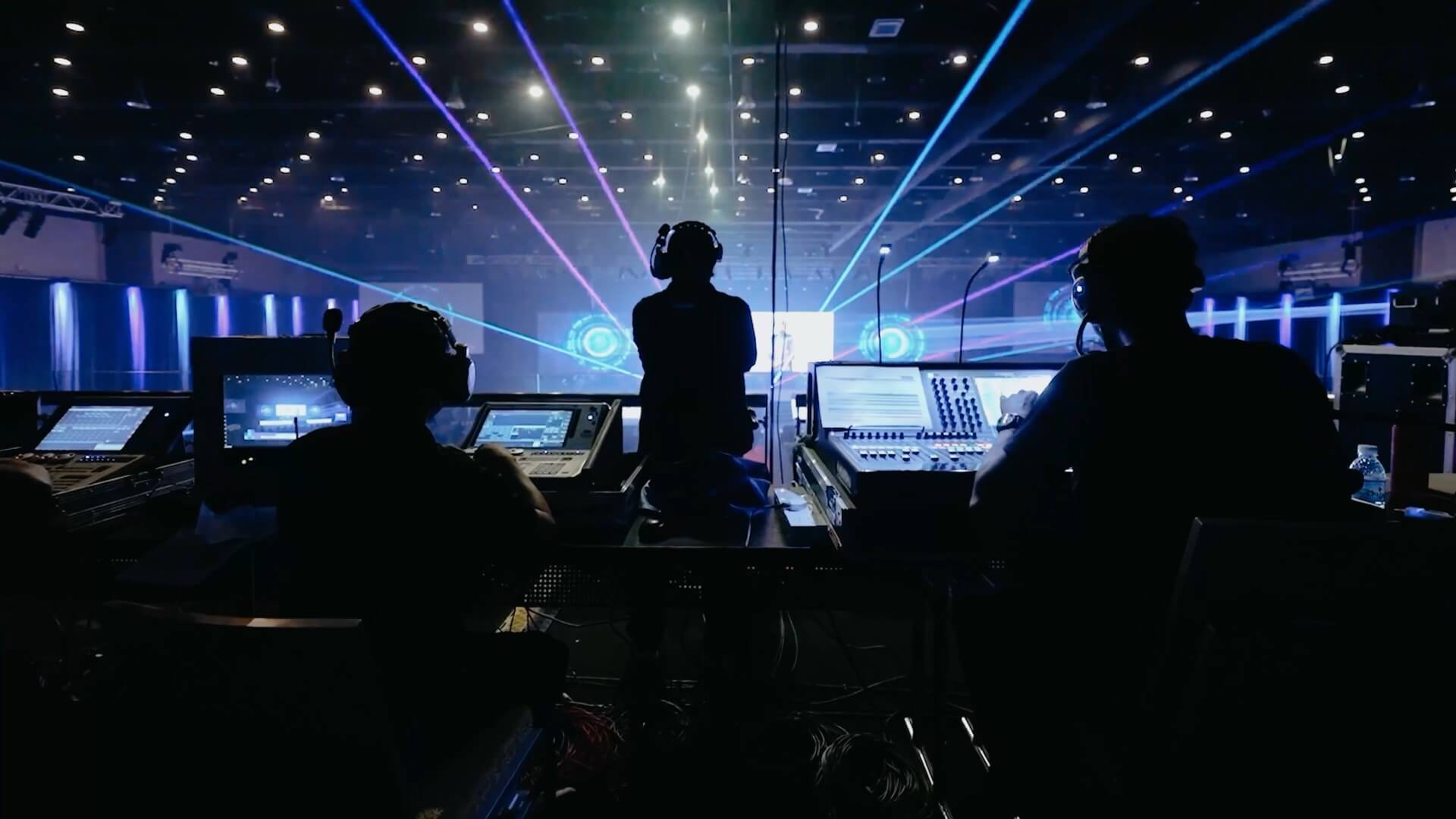
Being able to meet future demands is hugely important. This is not just relevant when it comes to technology and being able to support, for example, the increasing demand for Ultra HD 4K production or the transition towards IP workflows, but also for the business.
The kit you buy today should also have the capacity to be able to support the projects of tomorrow, whatever might be thrown at it. With 44 live inputs, up to 16 configurable SDI inputs/outputs, 4 media players, 8 MEs, and more, the TriCaster Vizion embodies this concept. And, as it can be purchased with a perpetual or subscription license with a choice of two different hardware platforms, it offers the flexibility you need today for whatever the future may hold.
7
Support

Lastly, always look for good support rather than a company that will sell you something and then disappear. TriCaster Vizion subscriptions come with Professional tier support as standard including 24/7 phone support with response commitments below an hour for critical issues and a dedicated Customer Success Manager. Perpetual systems will include 1-year of standard support and even that looks to offer critical support in under four hours and everything in under 24. Hardware always needs a minimum year’s warranty, preferably longer. TriCaster Vizion also comes with a three-year warranty providing peace of mind throughout its first years of operation.
There are many choices to make when it comes to choosing a modern live production system. In many respects, broadcasters and media companies are trying to hit a moving target; a system that can accommodate today’s demands, future anticipated developments, and, of course, also be able to address unforeseen circumstances. However, by paying close attention to these 7 key features, they should be able to arrive at a decision that will meet the needs of even their most demanding productions now and in the future.

Don’t worry, this section is already hidden =)
Don’t forget to include:
